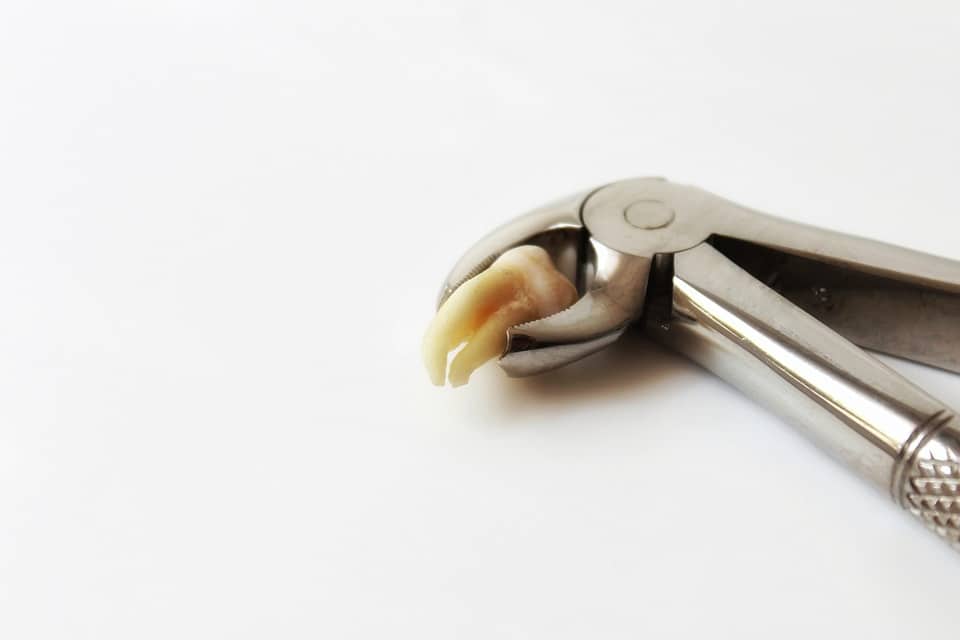If you have been told by your dentist that you will be needing a tooth extraction, here is a guide to what you can expect during the procedure.
Tooth Extraction Procedure Preparation
Your dentist will take an X-ray of the area to help plan the best way to remove the tooth. Be sure to provide your full medical and dental history and a list of all medicines you take. Your dentist may have prescribed you antibiotics to be taken over the time leading up to the procedure. This could be because you have an oral infection, certain medical conditions or a weak immune system.
During the procedure you may be given a intravenous (IV) anesthetic. If your dentist has advised that you will receive anesthetic intravenously, you should wear clothing with short sleeves or sleeves that can be rolled up easily, so that the IV can be easily placed in your arm.
It is also advised that you do not eat or drink anything for six or eight hours before the procedure. Do not smoke on the day of surgery, as this can increase the risk of a dental issue, called dry socket.
If you have a cold or flu like symptoms up to a week before the surgery, you need to notify your dentist as they may want to avoid anesthesia until you are healthy again. If you experience nausea or vomiting the night before the procedure, let your dentist know first thing in the morning, as the dentist may need to use a different anesthesia or reschedule the extraction.
The Tooth Extraction Procedure
A simple extraction is performed on a tooth that is above the gum line and can be seen in the mouth. During the procedure, the dentist will loosen the tooth with an instrument called an elevator. Then the dentist uses forceps to remove the tooth. Most simple extractions can be done using local anesthetic.
A surgical extraction is a more complex procedure, which is carried out if the tooth has not broken through the gum line, or if the tooth has broken off at the gum line. The dentist will make a small incision into the gum, and may have to remove some of the bone around the tooth or cut into the tooth in order to remove it.
These procedures usually require the patient to receive a local anesthetic, and possibly also IV anesthesia. Some people, such as young children or patients with dental phobias may need general anesthesia.
During a tooth extraction, you can expect to feel pressure, but no pain. If you feel any pain or pinching, tell your dentist.
After the extraction, someone will need to drive you home and stay there with you. It is very important to follow any post-surgery instructions.


Recent Comments